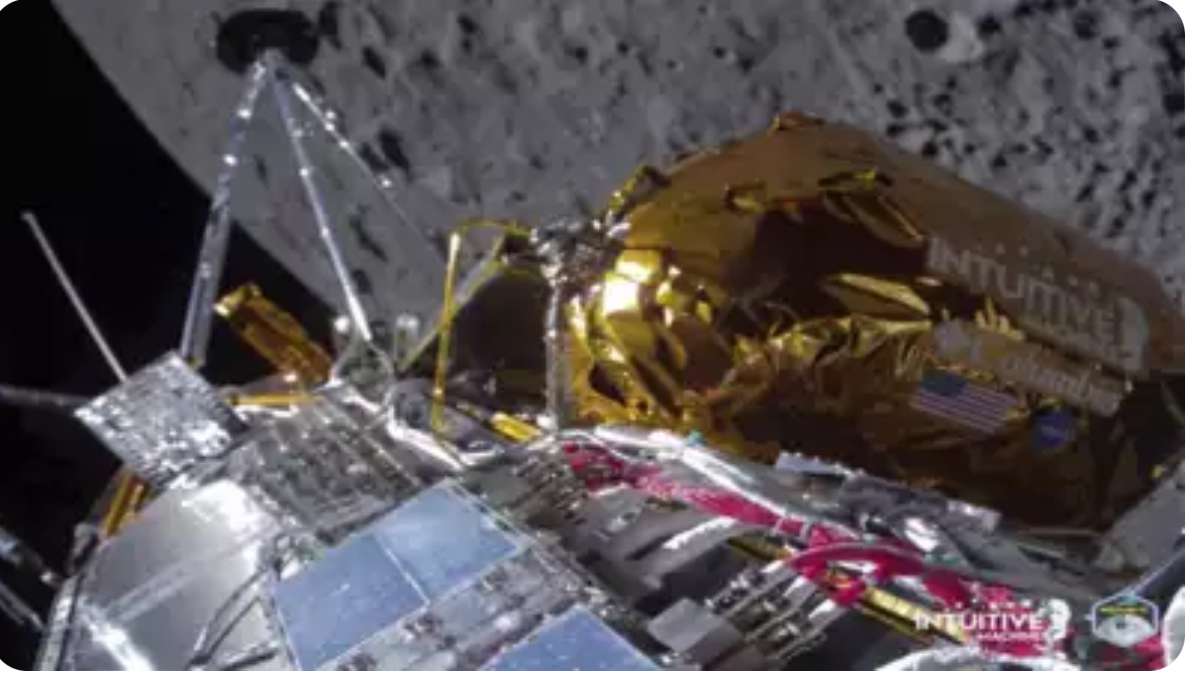The United States has made a historic return to the lunar surface— after more than 50 years— with the successful landing of the privately-built spacecraft Odysseus near the moon’s south pole. The craft, developed by Intuitive Machines, landed at its planned site at crater Malapert A, marking a significant milestone in space exploration.
The soft landing, with an 80% chance of success, paves the way for future lunar missions as NASA aims for a manned mission by late 2026. The hexagonal Nova-C lander, nicknamed Odie, is part of NASA’s commercial lunar payload services initiative, with scientific equipment onboard to study the lunar environment.
Watch for the teams reaction to news of landing in this CBS News video:
This mission, funded by NASA and Intuitive Machines, seeks to gather crucial data about the moon’s surface, particularly its water-rich regions, essential for future space missions. The successful touchdown was seen as a nod to American leadership in space exploration and sets the stage for further advancements in lunar and Martian exploration.
Meanwhile, NASA’s Artemis program is attempting to establish a “sustainable human presence” on the moon and prepare for crewed missions to Mars in the coming decades, positioning the US ahead of other spacefaring nations in the new space race.





















